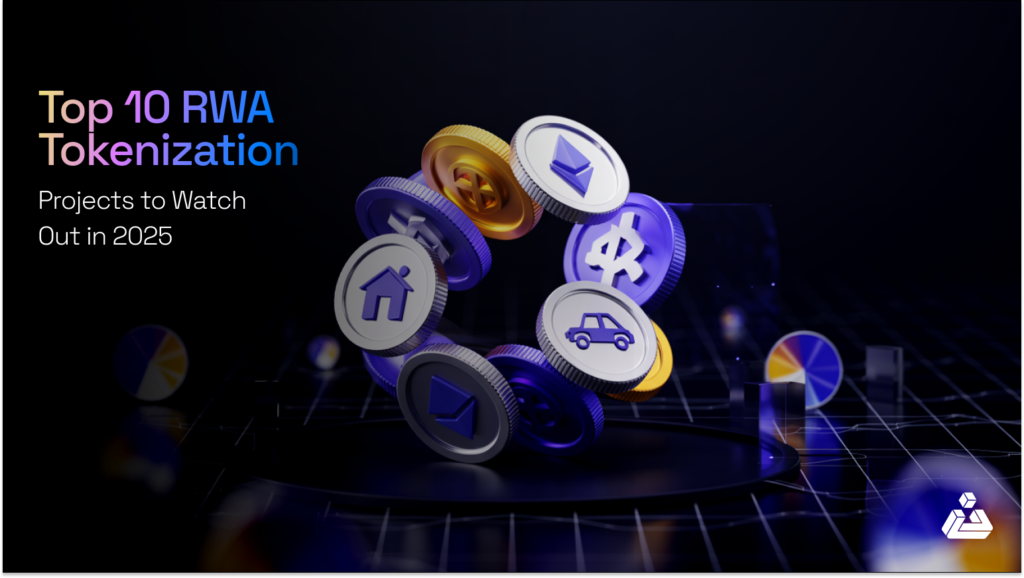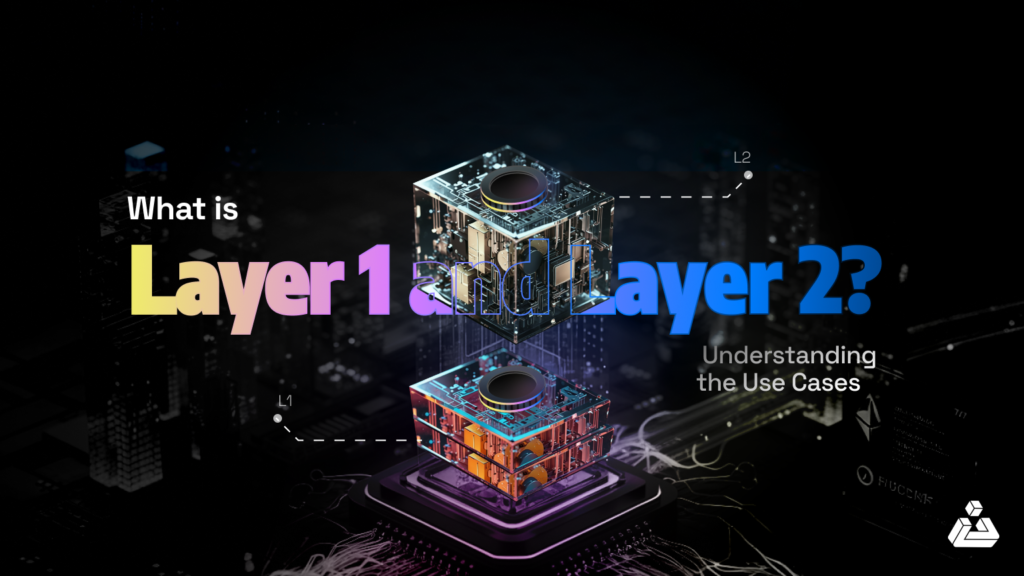Decentralized Physical Infrastructure Networks (DePIN) represent a bold vision in the blockchain and Web3 space. It aims to decentralize real-world infrastructure by allowing individuals to contribute and maintain physical resources—such as storage, bandwidth, or network coverage—in exchange for tokens.
This model promises a more distributed, resilient, and privacy-preserving infrastructure compared to traditional centralized solutions. However, while DePIN networks like Helium and Filecoin have gained attention, they face significant obstacles in achieving mainstream adoption. This article will explore why DePIN is bound to struggle, focusing on key issues around security, control, economic incentives, and market needs.
The Promise of DePIN—and Its Realities
DePIN networks were envisioned to solve inefficiencies in centralized systems by leveraging the idle resources of individuals and businesses. For instance:
- Helium sought to create a decentralized wireless network by rewarding users who set up hotspots to extend network coverage.
- Filecoin aimed to build a decentralized storage system where individuals can offer storage space and receive rewards.
The idea is powerful: instead of relying on costly, centralized infrastructure, companies could harness resources from distributed providers, fostering resilience and lowering operational costs. However, real-world applications have exposed gaps between this theory and practice.
Security and Control Concerns
In any network infrastructure, data security and system control are critical. While decentralization has its benefits, such as enhanced resilience and reduced dependency on single points of failure, many companies remain cautious about relying on third-party decentralized networks. Key reasons for this caution include:
-
Data Exposure and Vulnerability
DePIN networks often involve public, permissionless networks where nodes (computers or devices) are operated by different individuals or entities. For example, in a decentralized storage model like Filecoin, data is stored across nodes run by various participants. Even though encryption protects the data, companies handling sensitive information (e.g., finance or healthcare) may not feel comfortable outsourcing storage to a network they don’t control. Centralized solutions, even with their downsides, offer a tighter grip on data management, access control, and security.
-
Regulatory and Compliance Challenges
Many companies operate under strict regulatory environments, which dictate how and where data can be stored or transmitted. Decentralized networks can struggle to meet these compliance standards due to the inherent nature of data distribution. Filecoin, for instance, faces challenges with storage compliance(like data ownership and control, geographic data localization, retention and deletion etc), which limits its appeal to heavily regulated industries.
Lack of Incentives for Mainstream IoT Devices
For DePIN networks to succeed, they need participation from a wide range of IoT devices, sensors, and contributors to create extensive and reliable infrastructure. However, several factors limit this adoption:
-
Private Ecosystems Are More Attractive to Manufacturers
Many companies producing IoT devices operate in proprietary ecosystems to control compatibility, user experience, and data flow. Companies like Amazon, Google, and Apple, for example, integrate their IoT products within closed ecosystems, ensuring user data and analytics remain within their controlled environment. Asking these devices to connect to an open DePIN network, where data is shared and decentralized, is unattractive to these tech giants and device manufacturers, who prioritize a seamless experience within their brand ecosystems.
-
Security and Reliability Concerns in Open Networks
IoT devices connected to a public DePIN network may be exposed to additional security risks compared to those within closed, secured environments. This lack of centralized oversight raises concerns about data leaks, cyber attacks, and device stability—significant deterrents for companies considering DePIN networks for their IoT devices.
Economic Challenges in DePIN Models
The financial mechanics of DePIN networks rely on token-based incentives, where contributors earn tokens for providing infrastructure. This model, while incentivizing early adopters, has proven challenging to sustain over time due to economic issues:
-
Token Price Volatility
DePIN networks typically reward contributors with native tokens, whose value can fluctuate significantly. When token prices decline, the economic incentive for contributors to continue providing infrastructure diminishes. Helium’s HNT token, for example, initially provided strong incentives for users to install and maintain hotspots, but as HNT’s price declined, many users found the rewards insufficient to cover the costs of device maintenance or electricity, leading to reduced participation.
-
Sustainability of Token Rewards
DePIN models often rely on initial demand for token rewards, but as more infrastructure is built and token issuance stabilizes, it becomes difficult to sustain attractive rewards for new or existing contributors. This is compounded by diminishing returns for each additional contributor; in Helium’s case, the initial scarcity of coverage meant early adopters could earn substantial rewards, but as the network grew, the rewards were divided among more participants, decreasing individual earnings.
Misalignment with Market Needs
Perhaps one of the most significant obstacles for DePIN networks is that they may not fully align with actual market needs. While DePIN networks like Filecoin and Helium are innovative, they may not meet the requirements or practical demands of mainstream industries:
-
Specialized Use Cases vs. Broad Appeal
Filecoin’s decentralized storage appeals to projects with a strong commitment to decentralization, such as blockchain-based applications or DAOs. However, these use cases represent a niche market compared to mainstream cloud storage customers who prefer established providers for their reliability, compliance standards, and customer support. DePIN models like Filecoin face limited adoption as it struggle to compete with these centralized giants, which offer enterprise-grade features and customer service. One can argue that in the web3 space, this project is quite successful – no denying that – but can it compete with services like AWS and Google Cloud?
-
Reliability and Service Quality Concerns
Many businesses, particularly those in mission-critical industries, prioritize reliability, customer service, and scalability—areas where centralized providers often excel. Decentralized networks, being distributed and community-run, may lack the level of oversight and service standards that companies expect, further limiting their appeal to mainstream industries.
Closing Thoughts
While DePIN networks hold promise, their current challenges indicate that mass adoption may be elusive without substantial changes.
By integrating decentralized infrastructure with private or semi-centralized elements, companies can leverage the benefits of both worlds. Hybrid solutions allow companies to retain control over critical data while offloading some non-sensitive infrastructure needs to decentralized providers. (wanna share that such a project exists? Message me). Collaborating with traditional infrastructure companies could offer DePIN networks the industry credibility and support needed to break into regulated or conservative markets.
In the end, DePIN networks face significant structural challenges that limit their attractiveness to mainstream industries. While the vision of decentralized infrastructure is ambitious and promising, its viability will depend on whether DePIN projects can overcome the hurdles of security, control, incentives, and alignment with market needs. As such, while DePIN networks may continue to exist and grow within certain niches, their potential for broader adoption remains an open question.































